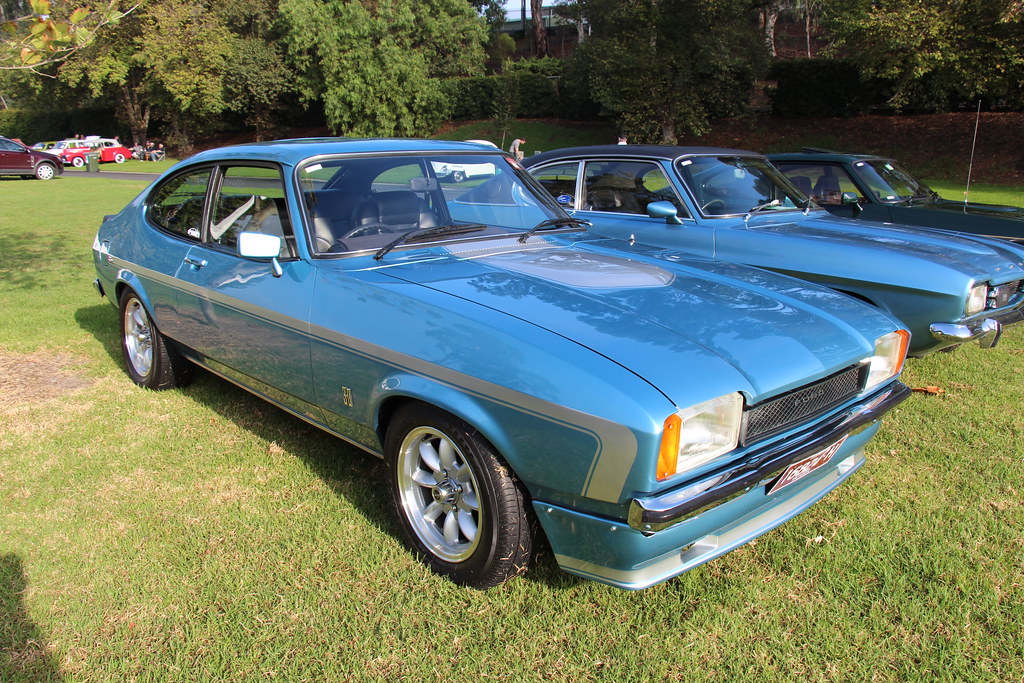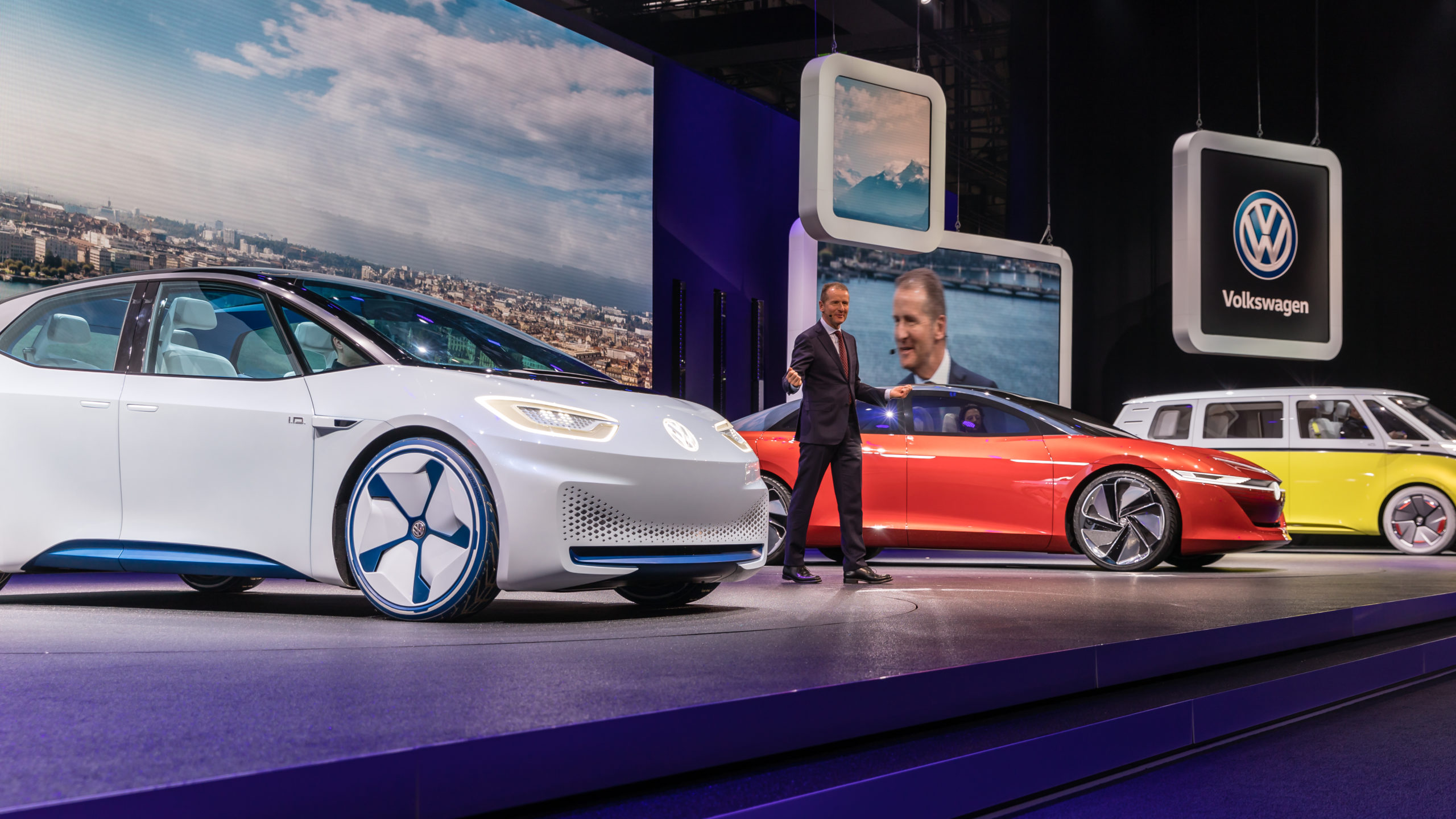
In the contemporary landscape of automotive engineering, turbocharged cars have garnered a reputation synonymous with exhilarating performance and improved fuel efficiency. This technological advancement, which forces more air into the engine’s combustion chamber to boost power, has become a hallmark of modern vehicle design, offering a compelling blend of dynamic driving and seemingly economical operation in smaller engines.
Yet, beneath the alluring façade of turbochargers, a set of nuanced considerations awaits prospective buyers. While the benefits of increased horsepower, torque, and faster acceleration are undeniable, it is imperative to approach this technological advancement with discernment and a keen awareness of the inherent hidden costs that can quickly accumulate over the lifespan of the vehicle.
This in-depth guide aims to shed light on the less obvious financial implications of owning a turbocharged car, providing a comprehensive analysis of the factors that can drive up your expenses. We delve into 15 critical reasons why, despite their tempting allure, turbocharged vehicles may ultimately cost you more, empowering you to make a truly informed decision that aligns with your budget and long-term financial peace of mind.
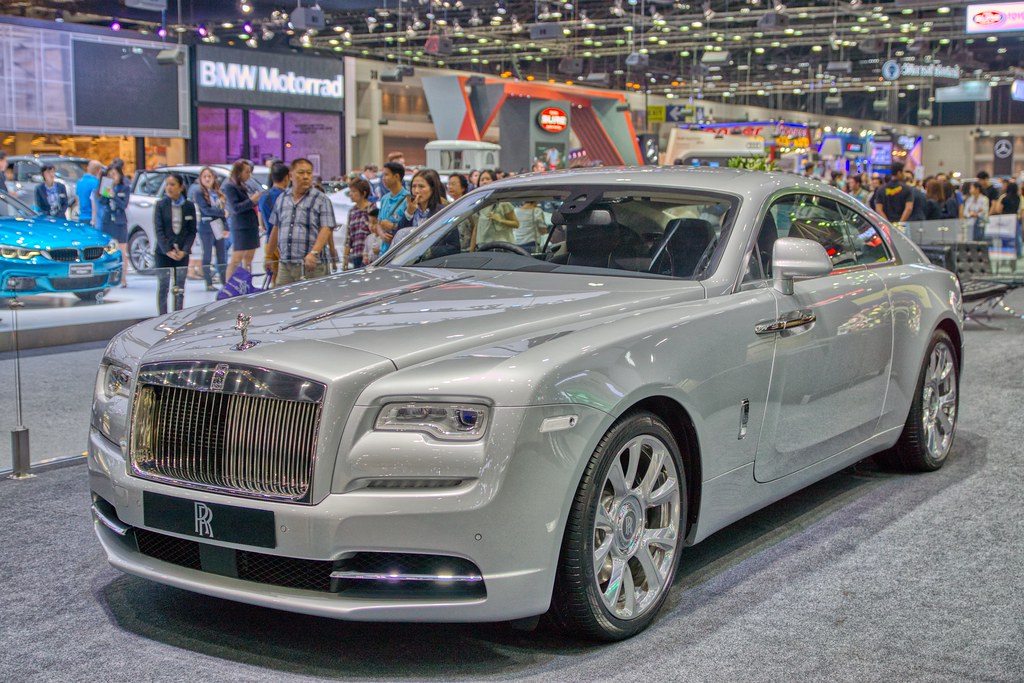
1. **Higher Initial Purchase Price**One of the first hurdles you’ll encounter when considering a turbocharged vehicle is its higher initial cost. Compared to their naturally aspirated counterparts, cars equipped with turbochargers often come with a premium price tag. This upfront investment is a direct consequence of the more complex engineering and additional components required for a forced induction system.
The complexity of turbocharged engines, which includes the integration of the turbocharger itself, naturally leads to higher manufacturing costs. These increased expenses are then passed on to consumers, resulting in a higher initial purchase price compared to vehicles with traditional engines. For budget-conscious buyers, this significant upfront investment can be a substantial deterrent, impacting the overall value proposition from day one.
Furthermore, if you’re considering adding a turbocharger to a car that didn’t originally have one, the costs escalate dramatically. Such a modification would necessitate budgeting for manifolds, exhaust downpipes, intake system modifications, cooling plumbing, and a custom engine management system. These additional parts and the intricate installation process significantly inflate the initial outlay, making the ‘premium price tag’ even more pronounced.
Read more about: Beyond Self-Parking: Unveiling 12 Transformative Futuristic Car Features That Will Revolutionize City Driving
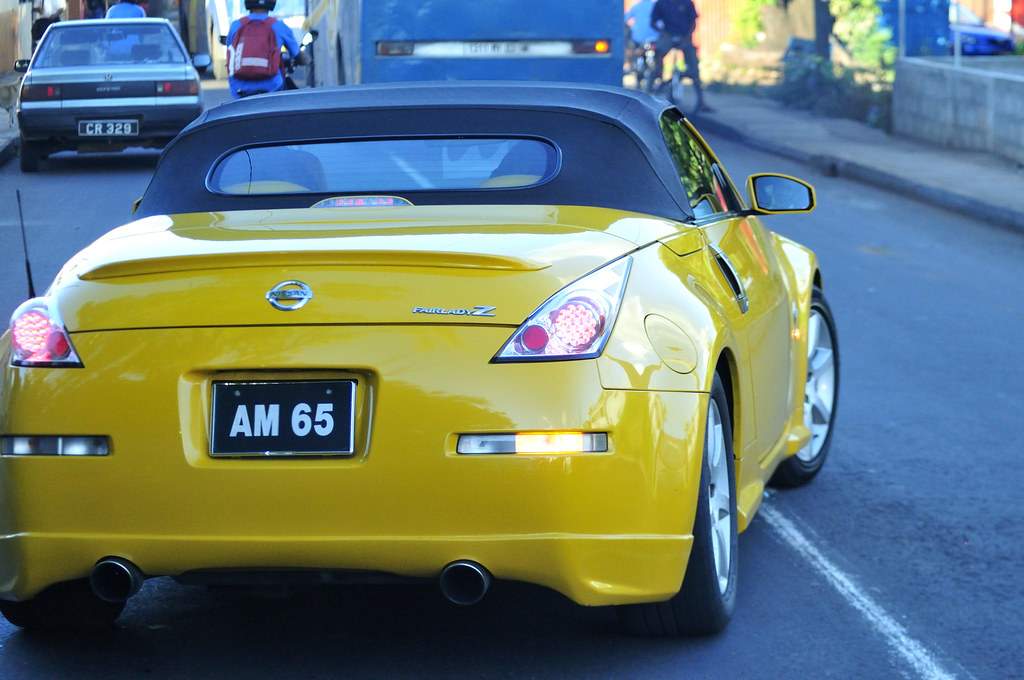
2. **Increased Maintenance Costs**Beyond the initial purchase, turbocharged engines demand a more meticulous and often more expensive maintenance regimen. The intricate components within these systems translate directly to higher maintenance costs when compared to the simpler mechanics of naturally aspirated engines. This is a critical factor for long-term ownership.
Regular servicing and potential repairs for turbo-related issues can quickly accumulate, making the overall ownership experience more expensive over time. The constant high-pressure and high-temperature environment in which a turbocharger operates necessitates vigilant care to prevent premature wear and failure. Neglecting this specialized maintenance can lead to far more significant repair bills down the line.
The complexity also extends to routine checks and parts. For instance, the air hoses and air filters need careful inspection for debris or damage during maintenance, as any compromise could immediately harm the turbo. Similarly, the engine breather system requires regular inspection. These detailed requirements mean that typical service appointments for turbocharged vehicles may be more involved and therefore pricier.
Read more about: Unearthing Hidden Performance: 14 Underrated Sports Cars That Defy Expectations for Today’s Performance Seekers
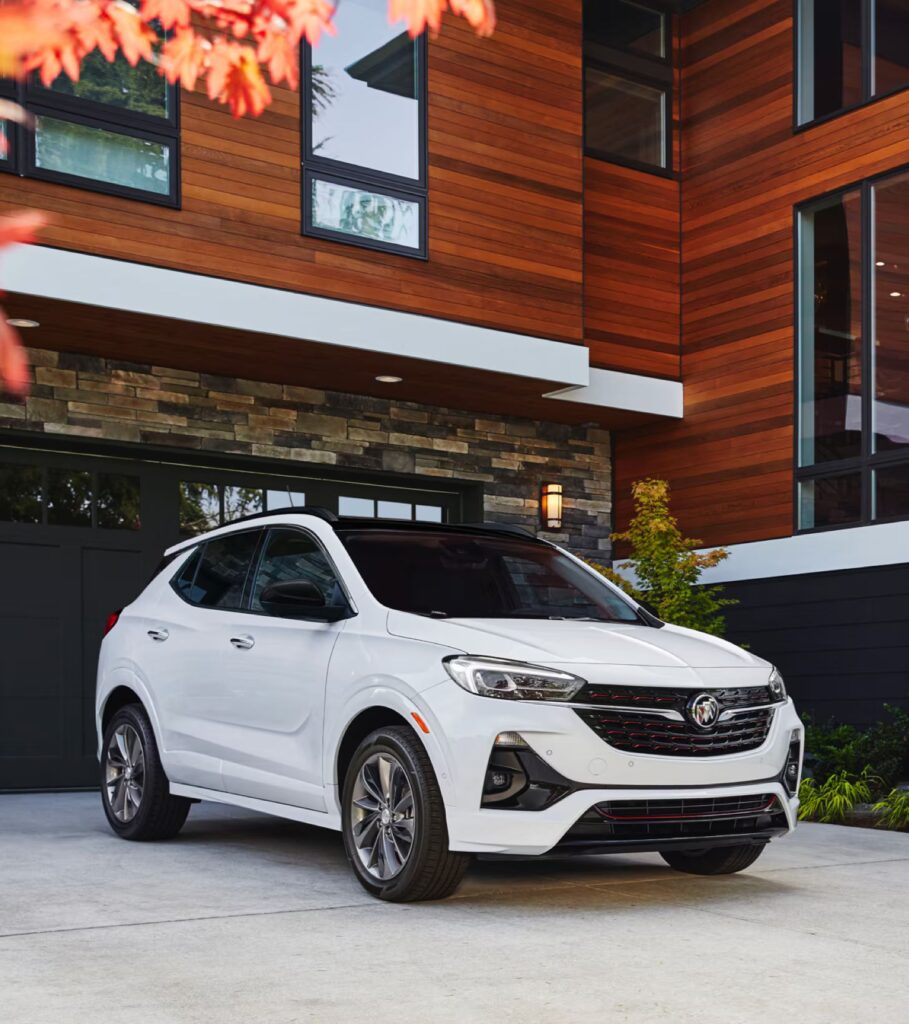
3. **Requirement for Premium Fuel**While not universally true for all turbocharged vehicles, many models, particularly those designed for higher performance, often necessitate the use of premium gasoline. This requirement significantly adds to the overall running costs of the vehicle over its lifespan, eroding some of the perceived fuel efficiency benefits.
The rationale behind this requirement lies in the higher compression ratios and operating temperatures within a turbocharged engine. Premium fuel, with its higher octane rating, is more resistant to pre-ignition or ‘knocking,’ which can be particularly damaging to boosted engines. Using lower-grade fuel where premium is recommended can lead to reduced performance and, more critically, potential engine damage.
Therefore, prospective buyers must factor in the consistent expenditure on premium fuel, which costs more per gallon than regular unleaded. Over months and years of ownership, this seemingly minor difference at the pump accumulates into a substantial additional cost, making a turbocharged car less economical than its stated MPG figures might initially suggest.
Read more about: Why American Pickup Trucks Became Colossal: Unpacking the Complex Web of Regulations, Culture, and Market Forces
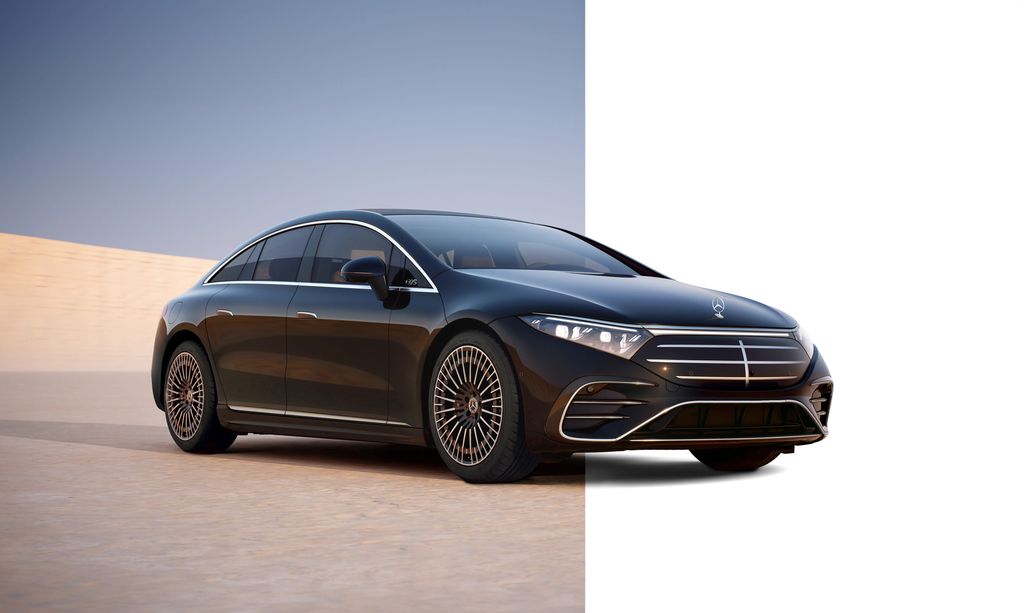
4. **Higher Oil Consumption and Potential for Leaks**One often-overlooked drawback of turbocharged engines is their propensity for higher oil consumption and the potential for oil leaks. These issues are directly linked to the turbocharger’s design and its reliance on the engine’s lubrication system for both cooling and operation, leading to additional expenses for the owner.
Turbo systems critically depend on engine oil for lubrication and to dissipate the immense heat generated by the turbine operating at tens of thousands of RPMs. This constant exposure to high temperatures can cause the oil to degrade faster, necessitating more frequent oil changes with high-quality synthetic oil, which is typically more expensive than conventional oils.
Furthermore, the increased pressure within the engine crankcase, a characteristic of boosted engines, can cause oil leaks that are often difficult to fix. If a turbo is malfunctioning, excess oil can also enter the exhaust system. This not only signifies an issue that needs costly attention but can also lead to premature failure or clogging of the catalytic converter, escalating repair costs considerably.
Read more about: America’s Iconic Sports Car: Decoding the Most Problematic Corvette Models in History to Help You Buy Smart
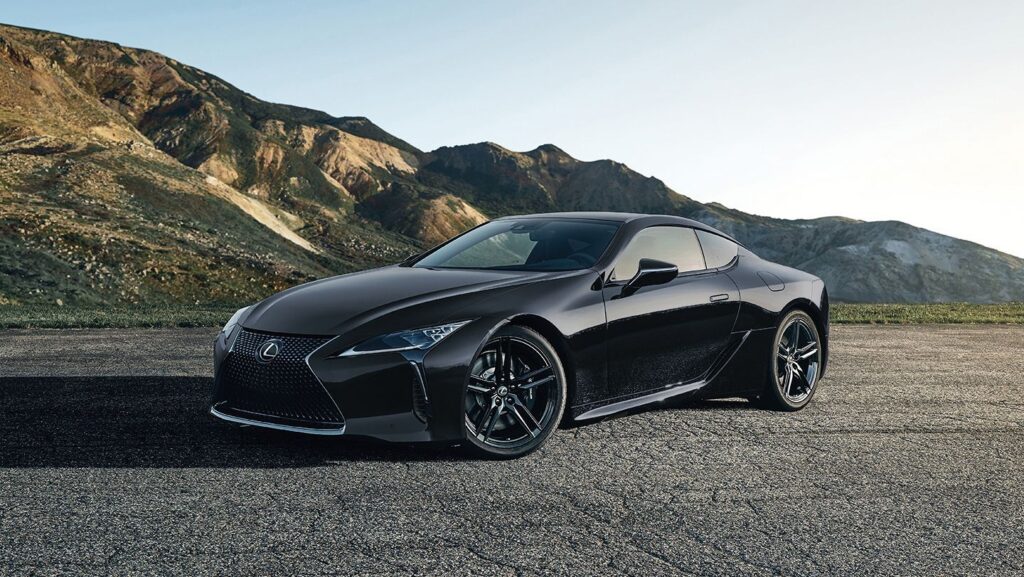
5. **Shorter Lifespan and Frequent Replacement Needs**Despite being designed for durability, the actual lifespan of a turbocharger can often fall short of expectations, leading to more frequent replacement needs than anticipated. While some turbochargers are stated to last around 150,000 miles, or even up to 200,000 miles with proper care, many require replacement much earlier.
The context explicitly states that a turbocharger “often requires replacement at 50,000 miles.” This significant disparity between ideal and actual lifespan stems from various factors, including driving style and maintenance habits. Aggressive driving, frequently carrying heavy loads, or neglecting routine maintenance such as oil changes and air filter replacements can drastically reduce the turbo’s longevity.
When a turbocharger wears out prematurely, the owner faces the substantial cost of replacement. Even if the part can last a long time under ideal conditions, the reality of everyday driving and varying owner vigilance means that many turbocharged car owners will likely incur this major expense much sooner than they might have planned, adding a considerable hidden cost to their ownership.
Read more about: Don’t Get Robbed at the Auto Shop: 15 Overpriced Car Repairs You Can Avoid or DIY
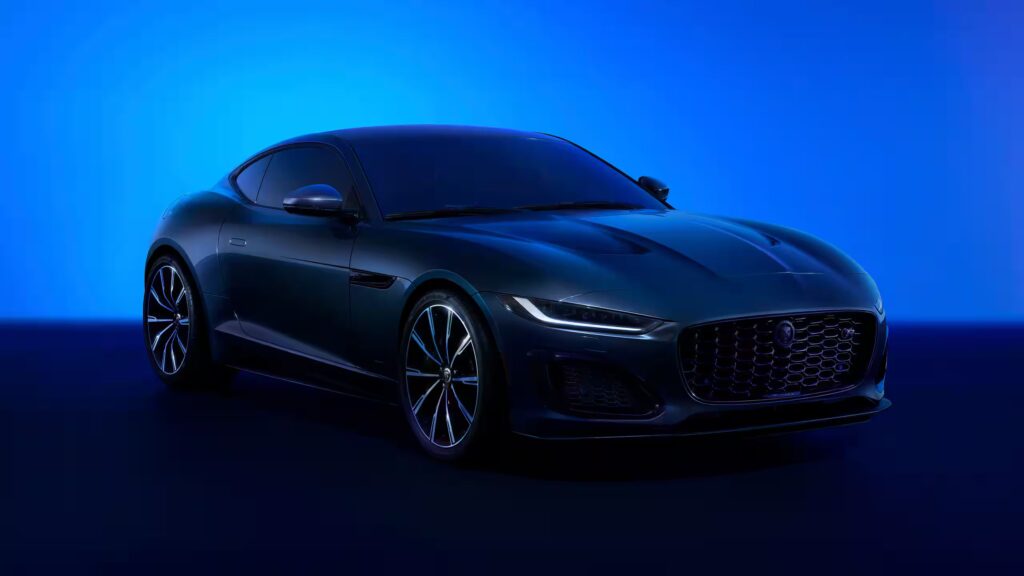
6. **Expensive Repair and Replacement Costs**When a turbocharger malfunctions or fails, the resulting repair or replacement can be an exceptionally costly endeavor. Unlike simpler engine components, the specialized nature and critical function of the turbocharger translate into significant financial outlay for the owner.
Replacing a malfunctioning turbocharger can cost upwards of $2000, with prices varying considerably depending on the vehicle’s make and model, and the type and brand of the turbo. The overall cost of swapping out a turbo can range from $2,100 to $7,235. The turbocharger unit itself can cost at least $1,500, and this figure doesn’t even include the substantial labor charges involved in the replacement process.
Average replacement costs are frequently cited in the range of $1,000 to $2,000, with some sources narrowing it to $1,000 to $1,700 for stock turbos. However, aftermarket or upgraded turbos can be even more expensive, particularly if additional parts need to be replaced concurrently. For instance, the average cost of replacing a turbo is about $1,200, which includes approximately $400-$800 for parts and $300-$800 in labor costs, clearly illustrating the significant financial impact.
Read more about: America’s Iconic Sports Car: Decoding the Most Problematic Corvette Models in History to Help You Buy Smart
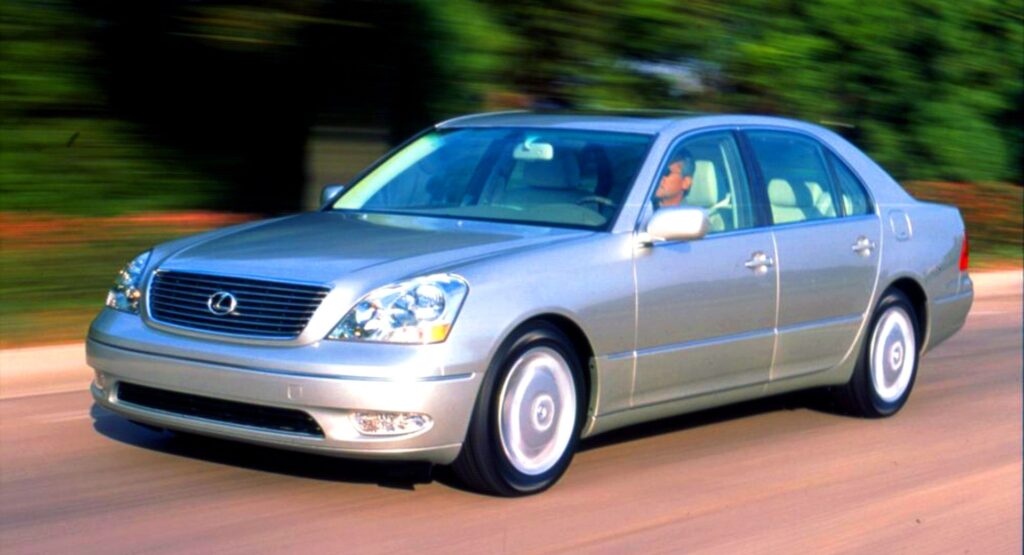
7. **Complexity of Turbo System and Higher Failure Points**One of the fundamental reasons behind the higher cost of owning a turbocharged car is the inherent complexity of its design. Turbocharged engines, by their nature, incorporate more component parts than their naturally aspirated counterparts. This increased complexity directly translates into a greater number of potential points of failure within the engine system.
This intricate design involves not just the turbocharger unit itself, but also a network of hoses, cooling systems, and specialized sensors that must all function in perfect harmony. Each additional component represents another potential point where a fault or wear-and-tear issue can develop, leading to costly diagnostic and repair work. The more sophisticated the system, the higher the likelihood of a component failing.
For instance, the increased pressure inside the engine crankcase, a byproduct of turbocharging, can exacerbate issues like oil leaks, which are notoriously difficult to diagnose and repair. This inherent complexity not only contributes to the higher initial manufacturing costs but also to the elevated long-term maintenance and repair expenses that owners will undoubtedly encounter during the vehicle’s lifespan.
Read more about: Expert Auto Mechanic Reveals: The Used Cars You Should Never Buy, And Why Their Hidden Costs Will Drain Your Wallet
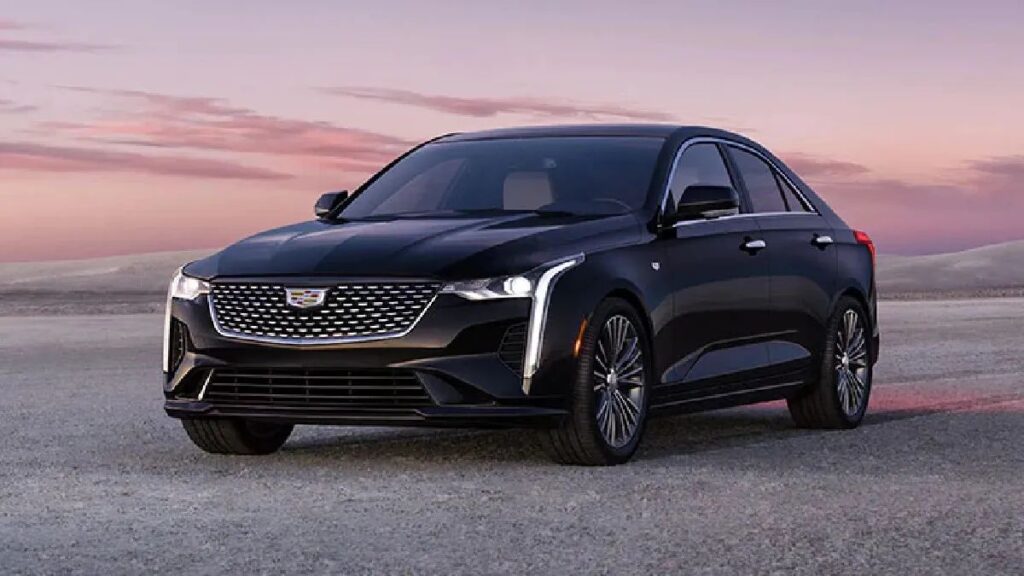
8. **Elevated Labor Expenses**While the cost of the turbocharger unit itself is substantial, the labor involved in its repair or replacement significantly drives up the total expense. The intricate nature of turbocharged engine systems, which involve numerous interconnected components, makes diagnostic and repair work inherently more complex and time-consuming than for simpler, naturally aspirated engines. This specialized labor translates directly into higher hourly rates and longer service times.
Replacing a turbocharger is rarely a straightforward task. It often requires specific tools and extensive mechanical knowledge to access the unit, disconnect various lines, remove the old turbo, and then meticulously install the new one while ensuring all connections are properly sealed and torqued to specification. The context highlights that replacing a turbocharger can be a “very time-consuming job,” typically requiring “4 and 8 hours” of labor.
Considering the average mechanic’s cost, which can range from “$50-$90” per hour and potentially “over $210” depending on location, an 8-hour job can easily accumulate into several hundred dollars for labor alone. This substantial hourly commitment, coupled with specialized expertise, ensures that labor expenses form a significant portion of any turbo-related repair bill, underscoring another hidden cost.
Read more about: Luxury Car Owner’s Headlight Nightmare: Unmasking the Shocking Costs Behind Modern Automotive Lighting
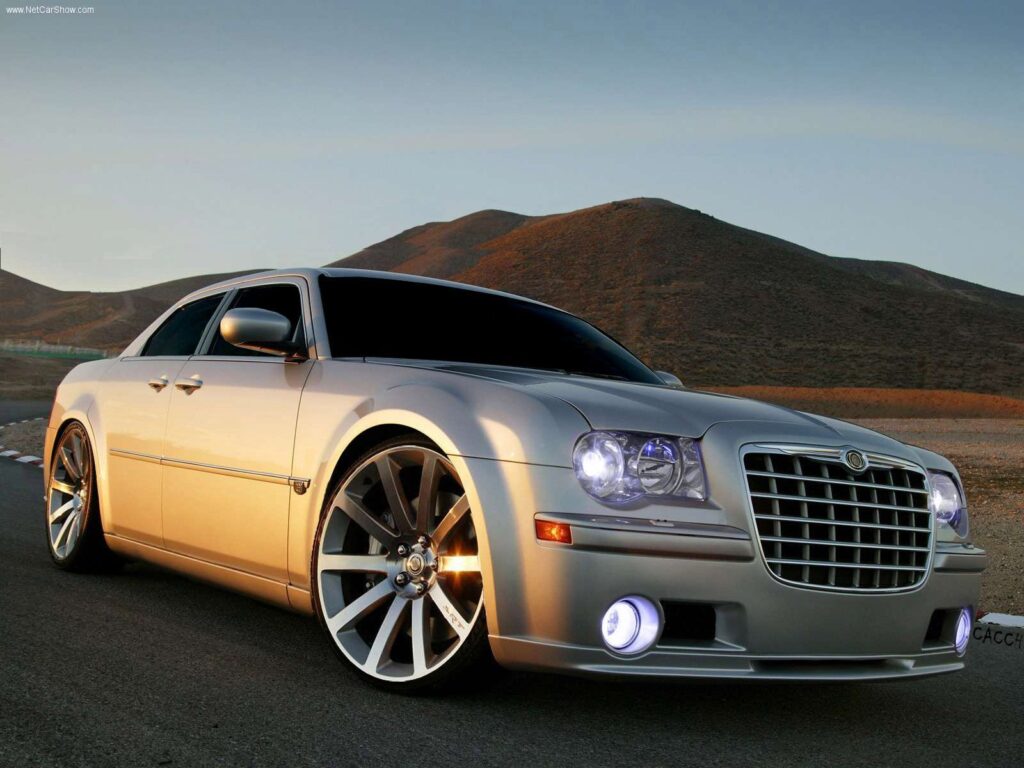
9. **Potential for Secondary Engine Damage**Beyond the direct repair costs, a critical risk of secondary engine damage exists if turbocharger issues are not addressed promptly. A malfunctioning turbocharger can trigger a cascade of problems, leading to far more extensive and expensive repairs throughout the engine system. This interconnectedness means a seemingly small turbo issue can quickly escalate.
For instance, if a turbo is malfunctioning, “unburned fuel or excess oil can enter the exhaust system,” as the context explains. This can severely impact other vital components, notably the catalytic converter. When exposed to excess fuel or oil, the catalytic converter can “overheat, clog, or fail prematurely,” which is an exceptionally costly repair. Catalytic converter failure incurs significant financial strain and environmental consequences.
The context explicitly advises, “It is important to replace a failing turbocharger promptly to avoid additional engine damage and repair costs.” Neglecting a failing turbocharger can therefore result in a domino effect, where initial repair costs are compounded by the necessity to address collateral damage to other engine components. Timely intervention is crucial for mitigating the overall financial impact.
Read more about: The Silent Saboteurs: Why Your Semi-Trailers Are Leaking Days Before They Hit the Road

10. **Significant Impact of Vehicle Make and Model**The make and model of a vehicle profoundly influence the total cost of owning a turbocharged car, extending beyond the initial purchase. This factor dictates the price and availability of replacement parts, as well as the complexity and duration of labor, creating significant variability in ownership expenses. A key distinction lies in whether a vehicle is a luxury, large, or high-performance model.
“Large, luxury, and performance vehicles typically require more expensive turbochargers,” the context states, often needing “specialised, high-end turbochargers.” For example, replacing a turbocharger in a Nissan GT-R is “significantly more expensive than in a Honda Civic” due to specialized parts and engineering. Owners of premium or performance-oriented turbocharged cars should anticipate substantially higher parts costs.
Furthermore, vehicle make and model can dictate turbocharger accessibility for repairs, directly impacting labor. Some vehicles, like certain Dodge models, are “famously simple” to work on, with jobs taking “as little as 2 hours” due to accessible components. Conversely, other vehicles present “opposite problems,” requiring more time-consuming and intricate labor.
The context also notes that “certain vehicles may require premium gasoline and high-quality synthetic oil,” which are ongoing expenses. The availability and cost of replacement parts are also influenced by make and model, as some “specialised parts that are more expensive or difficult to source” are exclusive, increasing financial burden.
Read more about: Why American Pickup Trucks Became Colossal: Unpacking the Complex Web of Regulations, Culture, and Market Forces

11. **Variations by Turbo Type and Brand**The specific type and brand of turbocharger significantly impact both initial cost and long-term ownership expenses. Not all turbochargers are created equal; their design, performance, and manufacturing quality vary, leading to substantial differences in purchase price, repair complexity, and part availability. Understanding these distinctions is crucial for prospective buyers.
The context identifies six major types: single, twin, twin-scroll, variable geometry (VGT), variable twin-scroll, and electric. Single turbos are “most simple” and “cost-effective.” Twin turbos, often in V-engines, “mean more cost for parts and more cost to install” due to doubled components. More advanced types, such as VGT and electric turbos, are “very expensive” and “difficult to install” or “very high performance but expensive.”
Beyond type, the turbocharger’s brand also affects pricing. “High-performance brands tend to be more expensive due to their superior quality and engineering.” Conversely, “aftermarket generic parts or ‘made-to-fit’ parts” are “cheaper alternatives to OEM parts.” While these may save money upfront, they might not offer the same performance or longevity, potentially leading to more frequent replacements.
Original equipment manufacturer (OEM) parts, being the original components, “cost anywhere from 30-300% more than aftermarket parts” but guarantee expected performance. For extreme performance, “performance turbochargers can go up to about $12,000,” though “$1,200-$8,000 is more common.” These variations underscore that turbocharger type and brand directly correlate with overall ownership cost.
Read more about: The Genius Tiny Details in Beyoncé’s ‘Countdown’ Video You *Definitely* Missed (And How They Shaped AI’s Future)
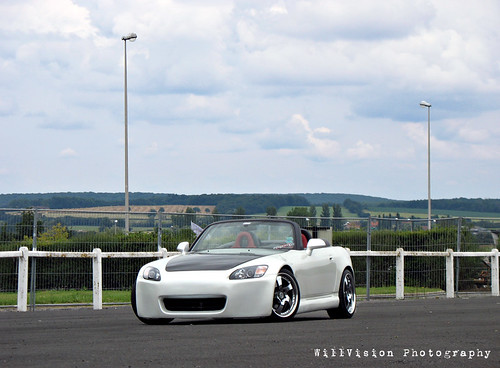
12. **Increased Insurance Premiums**An often-overlooked financial implication of owning a turbocharged vehicle is the potential for elevated insurance premiums. While performance benefits are enticing, many insurance companies perceive turbocharged cars as carrying a higher risk profile, which translates directly into increased costs for the owner. This additional expense can significantly diminish any perceived savings.
Higher premiums stem from the inherent characteristics of turbocharged engines. These vehicles typically boast “increased horsepower and torque,” leading to “faster acceleration.” Insurers often associate these enhancements with a greater likelihood of aggressive driving, higher speeds, and consequently, a greater risk of accidents. Furthermore, the specialized and more expensive components mean that repair costs after an accident are generally higher, justifying elevated rates.
As stated in the frequently asked questions, “Many insurance companies categorize turbocharged cars as higher risk, leading to elevated insurance premiums compared to their naturally aspirated counterparts.” Prospective buyers must factor in the consistent, ongoing cost of higher insurance payments. The cumulative effect of these increased premiums can be substantial, making the “thrill of turbocharged power” come with a continuous financial trade-off.
Read more about: Why American Pickup Trucks Became Colossal: Unpacking the Complex Web of Regulations, Culture, and Market Forces

13. **Efficiency Nuances: The Reality Beyond Brochure Figures**While turbocharged engines are often praised for “improved fuel economy in smaller engines,” their actual efficiency is more nuanced and depends heavily on driving conditions and habits. The perception of universal fuel savings can be misleading, as advertised figures may not align with real-world consumption, particularly under specific driving scenarios, representing a hidden cost for spirited drivers.
The context highlights a significant caveat: “While turbocharged engines boast impressive fuel economy figures on paper, their efficiency takes a hit under hard acceleration.” For drivers who “enjoy pushing their vehicles to the limit,” this drop in fuel efficiency can “nullify the anticipated savings,” revealing a hidden drawback. This means stated MPG might be achievable only under gentle cruising, declining when the turbocharger is actively engaged.
Moreover, an “Increased Fuel Usage” can signal a malfunctioning turbocharger, listed as one of the “5 Signs Your Turbo Is Going Out.” If the turbo system isn’t optimal, the engine may consume more fuel to compensate for lost performance. This indicates a mechanical issue and results in an immediate, noticeable increase in daily running costs.
Prospective buyers must critically evaluate their driving style and anticipate how frequently they will engage the turbo for maximum power. Relying solely on advertised fuel economy without considering driving dynamics can lead to an underestimation of true running costs, making the “improved fuel economy” benefit less concrete than initially suggested.
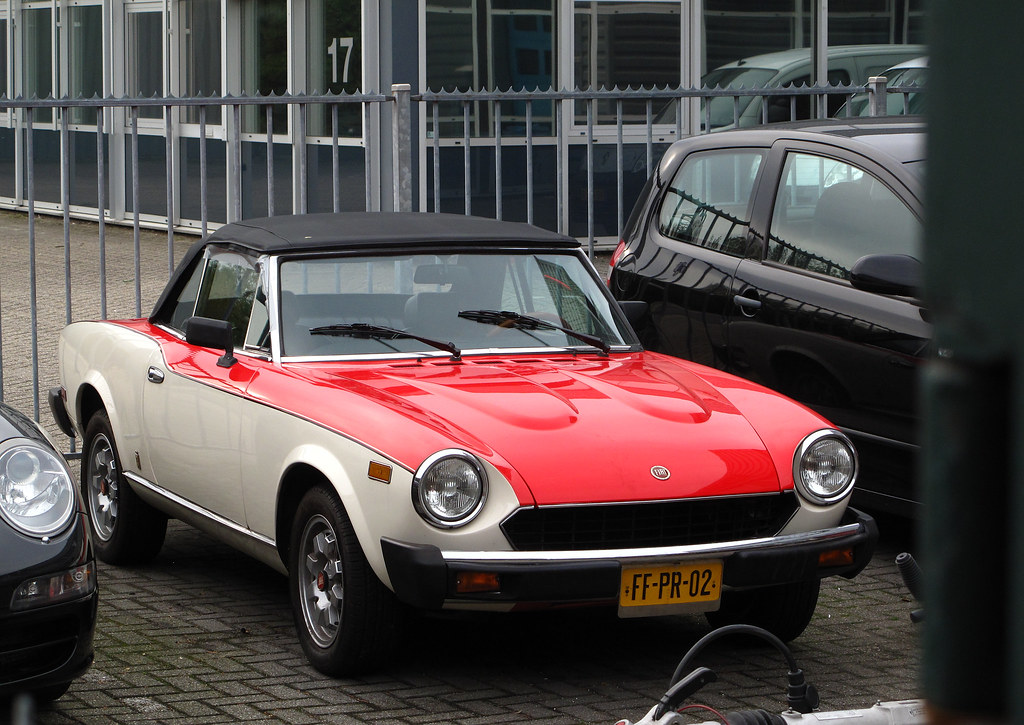
14. **Critical Thermal Management and Turbo Soak**The impressive power of turbochargers comes with a significant trade-off: immense heat generation. This characteristic necessitates sophisticated thermal management and can dictate specific driving habits, adding practical and financial considerations to ownership. Intense heat directly impacts engine longevity and performance if not properly managed.
A key concern is the turbocharger’s reliance on engine oil for “lubrication and to dissipate the immense heat generated.” Constant exposure to high temperatures degrades oil faster, mandating “more frequent oil changes with high-quality synthetic oil,” which is typically more expensive. Neglecting this specialized oil maintenance can lead to premature wear of the turbo and other engine components.
The context introduces “turbo soak,” a “cool-down period after driving” that turbochargers may require. It emphasizes “avoid[ing] shutting down the engine immediately after a long ride or a hard acceleration run.” Abrupt shutdowns when the system is hot can “cook” oil into sludge, restricting flow and damaging parts, significantly shortening the turbocharger’s lifespan and leading to costly premature replacements.
This need for a cool-down period, though seemingly minor, can be an inconvenience. It highlights a critical aspect of turbocharger care: proper thermal management and adherence to cool-down procedures are crucial not just for prolonging component life, but also for avoiding substantial repair bills from heat-related damage, thus constituting another hidden cost.
Read more about: Unlocking Instant Power: 8 Essential DIY Upgrades for Your Car’s Performance
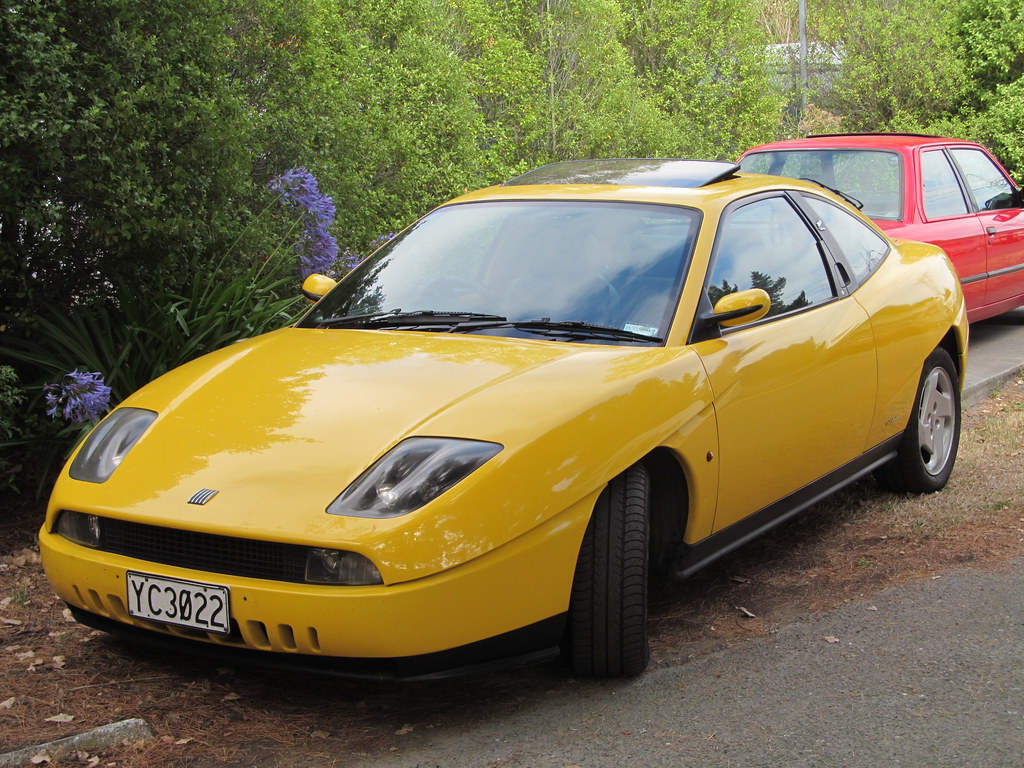
15. **Market Risks of Modified Used Turbo Vehicles**Entering the used car market for turbocharged vehicles carries unique risks, especially concerning cars with aftermarket modifications. While some modifications enhance performance, others can negatively impact reliability, longevity, and safety, posing significant challenges for buyers, particularly those without extensive mechanical knowledge.
The context clearly states, “In the used car market, many turbocharged vehicles may have undergone modifications, impacting both performance and reliability.” Identifying and understanding these modifications can be “challenging, particularly for inexperienced buyers,” adding a substantial “layer of risk to the purchase.” Without knowing the quality of parts, installer expertise, or modification purpose, a buyer could unknowingly acquire a compromised vehicle.
Poorly executed or inappropriate modifications can cause numerous problems, including accelerated wear on engine components, issues with the engine management system, and even catastrophic failures. For instance, an improperly tuned engine after a turbo upgrade can lead to engine knocking or increased strain, significantly reducing the lifespan of expensive parts. These hidden issues often surface only after purchase, leaving the new owner with unexpected, costly repairs.
Therefore, when considering a used turbocharged car, extreme caution and thorough pre-purchase inspections are imperative. This includes seeking professional advice to identify modifications and assess their quality and impact on the vehicle’s long-term health. The allure of a good deal on a modified turbocharged car can quickly vanish when faced with the financial burden of correcting previous alterations, making this a critical hidden cost.
**Conclusion**
As we conclude this comprehensive exploration into the true costs of turbocharged vehicle ownership, it becomes evident that the initial appeal of enhanced performance and potential fuel efficiency often comes with a multifaceted financial commitment. From the elevated purchase price and specialized maintenance demands to the intricacies of repair, the necessity of premium fuels, and the significant impact of external factors like insurance and potential secondary damage, the picture of ownership is far more complex than a glance at a spec sheet might suggest.
Read more about: Death Traps on Wheels: 10 Iconic American Cars Too Dangerous for Today’s Roads
Our journey through these 15 critical reasons has underscored that diligence and a deep understanding are paramount for any prospective buyer. The type of turbo, the vehicle’s make and model, and even your driving habits all contribute to a cumulative cost that can swiftly add up. While the exhilarating boost and modern engineering of turbocharged engines are undeniably appealing, the truly informed consumer is one who recognizes and accounts for these hidden expenses. By doing so, you can ensure that the dynamic driving experience aligns seamlessly with your financial well-being, transforming a potentially costly venture into a truly satisfying investment for the road ahead.


